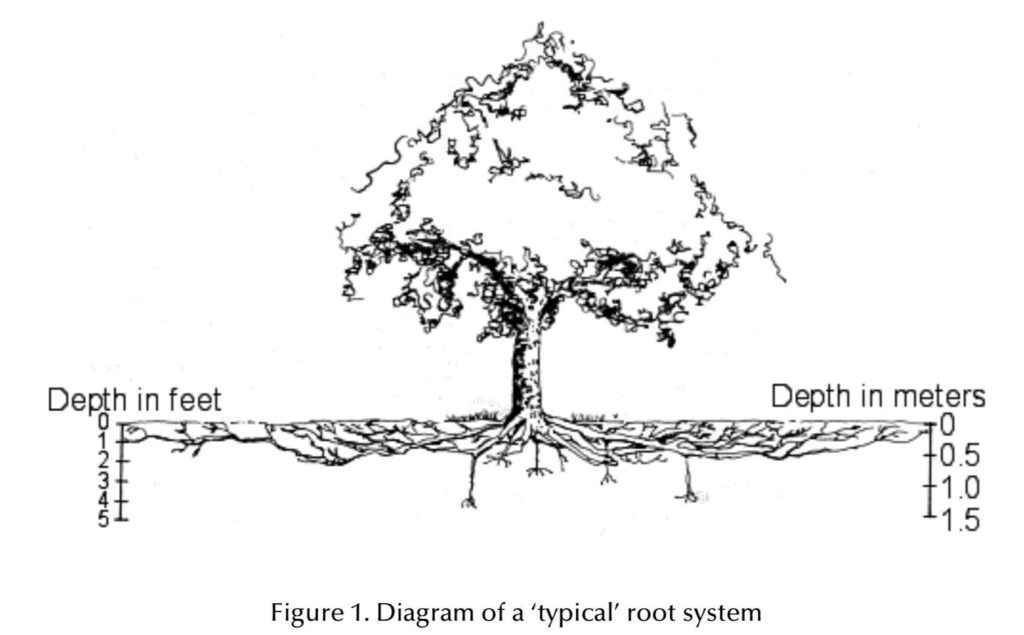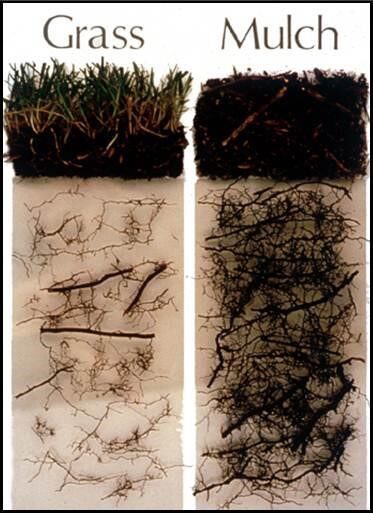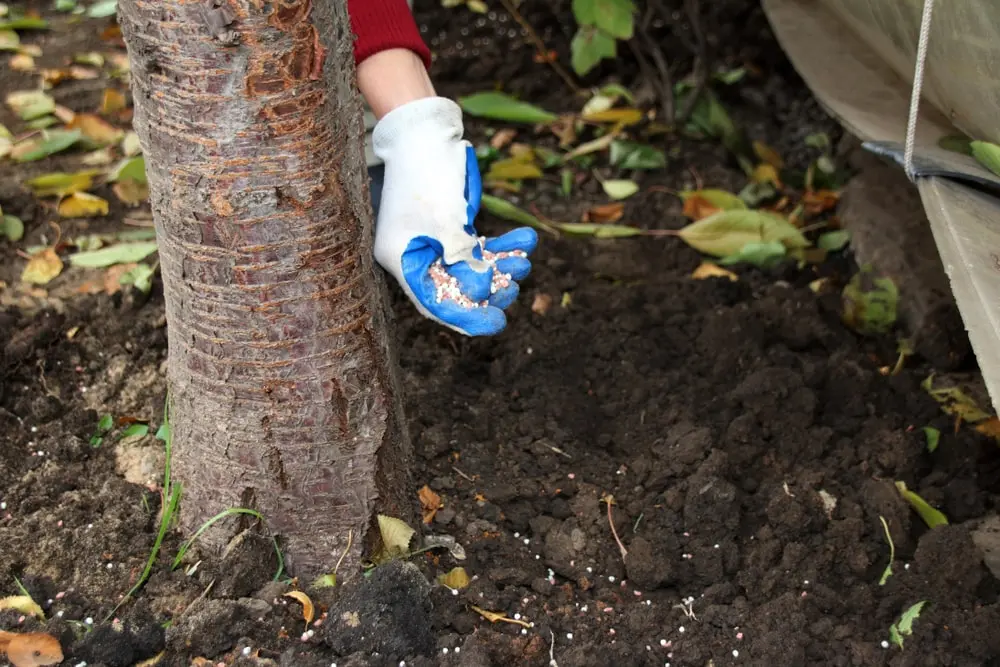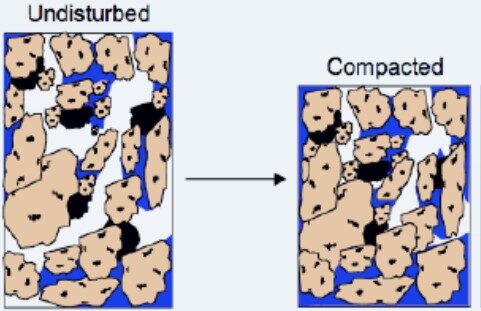- “Tree roots extend downward to a depth equal to the height of the canopy above.”
- The most abundant mass of tree root development is in the top 18 inches of soil. This surface layer of soil is where the feeder roots develop and proliferate, which collects water and nutrition for the tree’s development and health. Roots growing in lower areas of the soil are less able to exchange gasses and absorb nutrients/moisture but are more important structurally to the health of the tree. Tree roots don’t commonly grow much deeper than the top 2 feet of soil depth, with some exceptions.

- “Tree root systems grow well in the same space as turf grass roots.”
- It’s quite surprising how competitive turf grass roots can be with tree roots or even other garden plant roots. As detailed in the last tree myth, tree roots like staying near the soil surface where nutrition and moisture are abundant and gas exchange can occur more easily. Turf grass roots occupy the same top layer of soil, and can grow so vigorously, that they can actively compete with tree root absorption. This isn’t to say that your lawn is slowly killing your tree, but that the extra competition may slow or stunt development and growth. We always recommend a properly applied mulch layer under the drip line of any urban landscape tree radiating at least 3 feet from the base of the trunk. Read more about grass competition in our previous blog post: https://homertree.com/blog/mulch-vs-grass-nurturing-healthy-trees-in-urban-environments/.

- “Fertilizing trees isn’t beneficial or helpful to their growth and development.”
- Tree fertilization can be a somewhat contentious topic among tree care experts in the industry. Fertilizing isn’t always required for your landscape trees and plants to survive, but numerous studies make it clear that fertilizing will benefit your trees and shrubs helping them grow and thrive. We like to recommend tree fertilizing especially for customers with competing turf grass and who remove leaf debris in the fall. Leaf coverage is a vital nutrition source for naturally occurring trees in the wild, and with their removal, replenishment is invaluable for your tree’s health. Our plant health care team can help apply targeted nutrition to your landscape trees and shrubs and help them thrive in the urban landscape. Learn more about why we fertilize here: https://homertree.com/blog/fertilizing-trees-for-a-thriving-landscape/.

- “Trees can grow in any conditions and will break up hard compressed and compacted soils.”
- This assumption probably comes from how impressively large and old trees can grow. One might look at a tree and think of it as an impenetrable biological fortress. In reality, those large mature trees can only grow for such long periods with good conditions and habitat and, it all starts in the soil. Natural forest soils are very rich with organic material, moist from ground cover and shading, and un-compacted due to the myriad of organisms constantly tunneling and weathering the soil components. Take a walk through a forest and feel the ground under your feet; it isn’t hard and compressed like a high-traffic walking path. Just like how we don’t want our shoes tied too tightly, trees want a soft soil structure to grow their roots. A heavily compacted soil typical of an urban environment can be very problematic for a tree’s development and growth. Developers commonly scrape away any existing topsoil on a building site before starting construction, stripping away that rich organic material before planting the landscape. This can be even more problematic as heavy machinery and even foot traffic further compress that lower soil horizon creating a hard underground barrier preventing root growth and proliferation where they need to establish. At Homer Tree Care, our plant health care team can help break through compacted soil and remediate these issues with our soil treatment program. Learn more in our previous blog articles about compacted soils: https://homertree.com/blog/unearthing-soil-compaction-and-remediation/ and how we remediate the issue for some customers: https://homertree.com/blog/air-spading-a-revolutionary-approach-to-arboriculture/.


